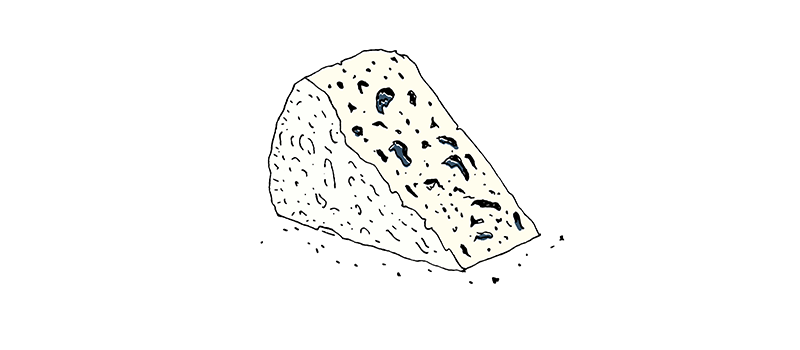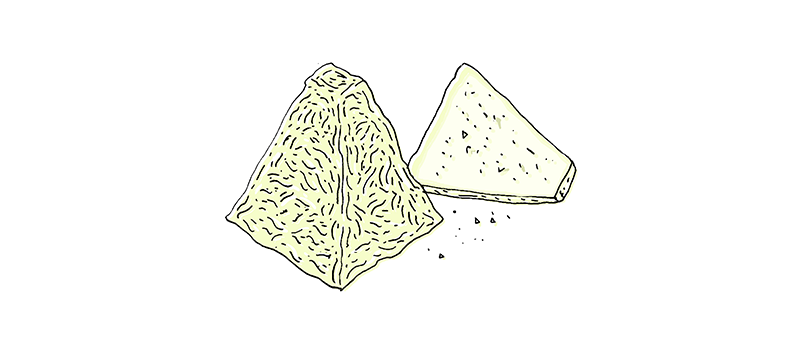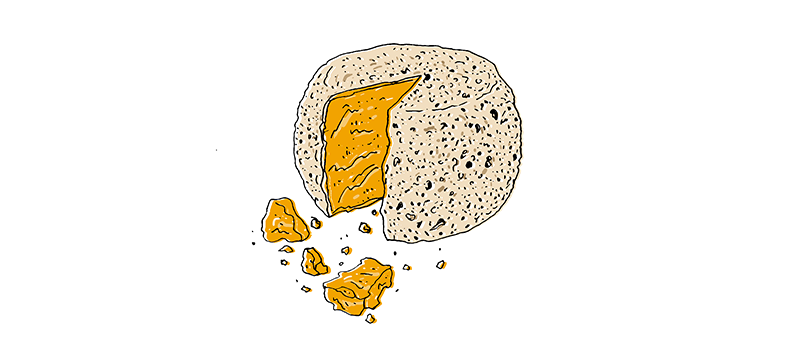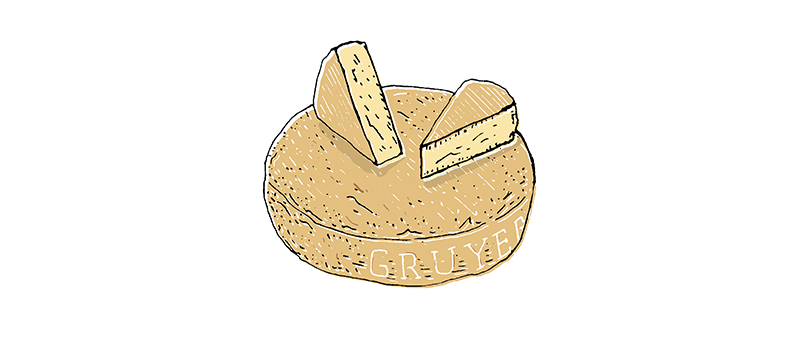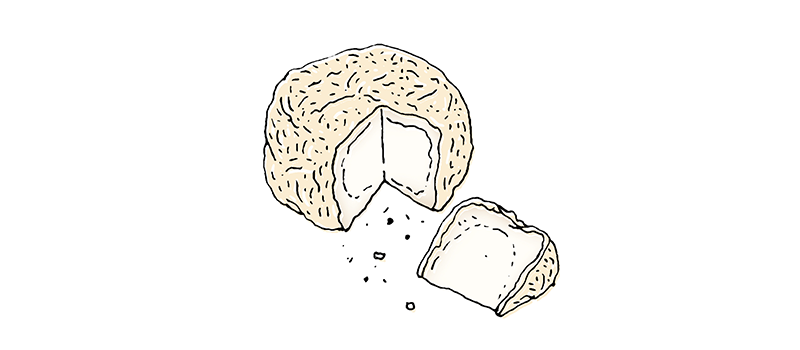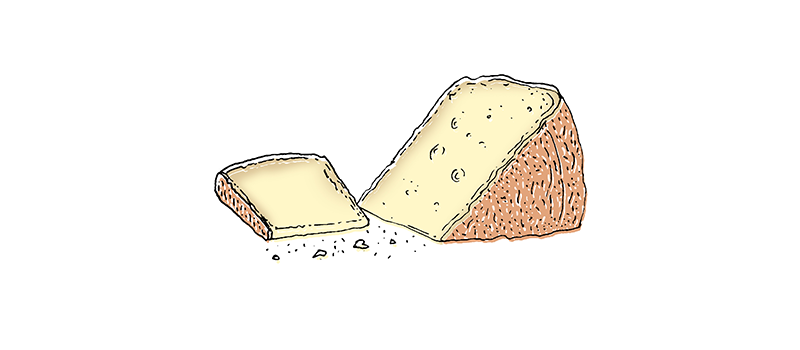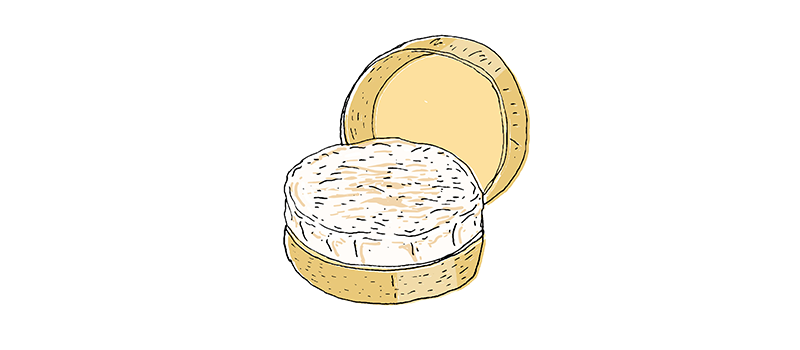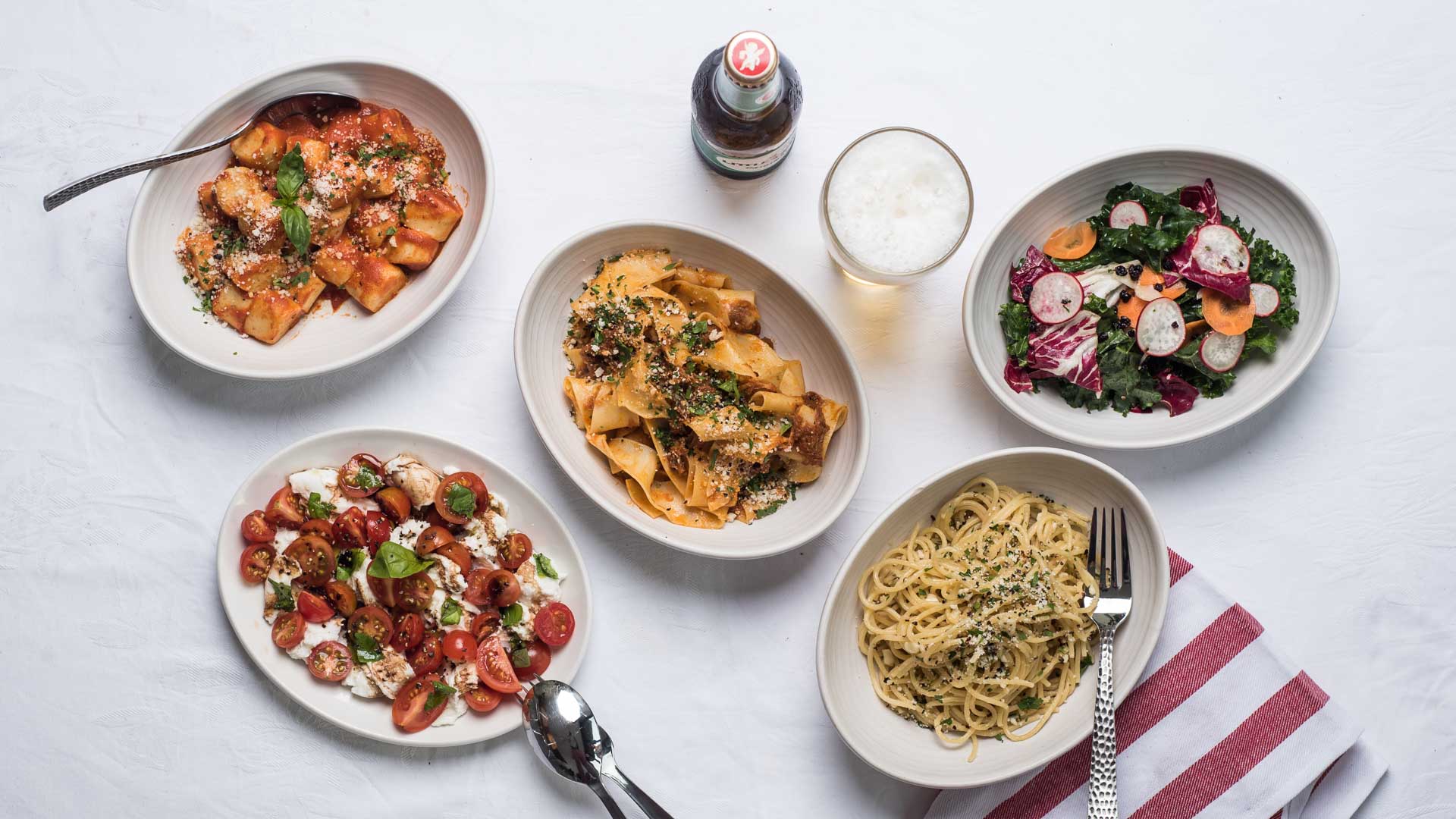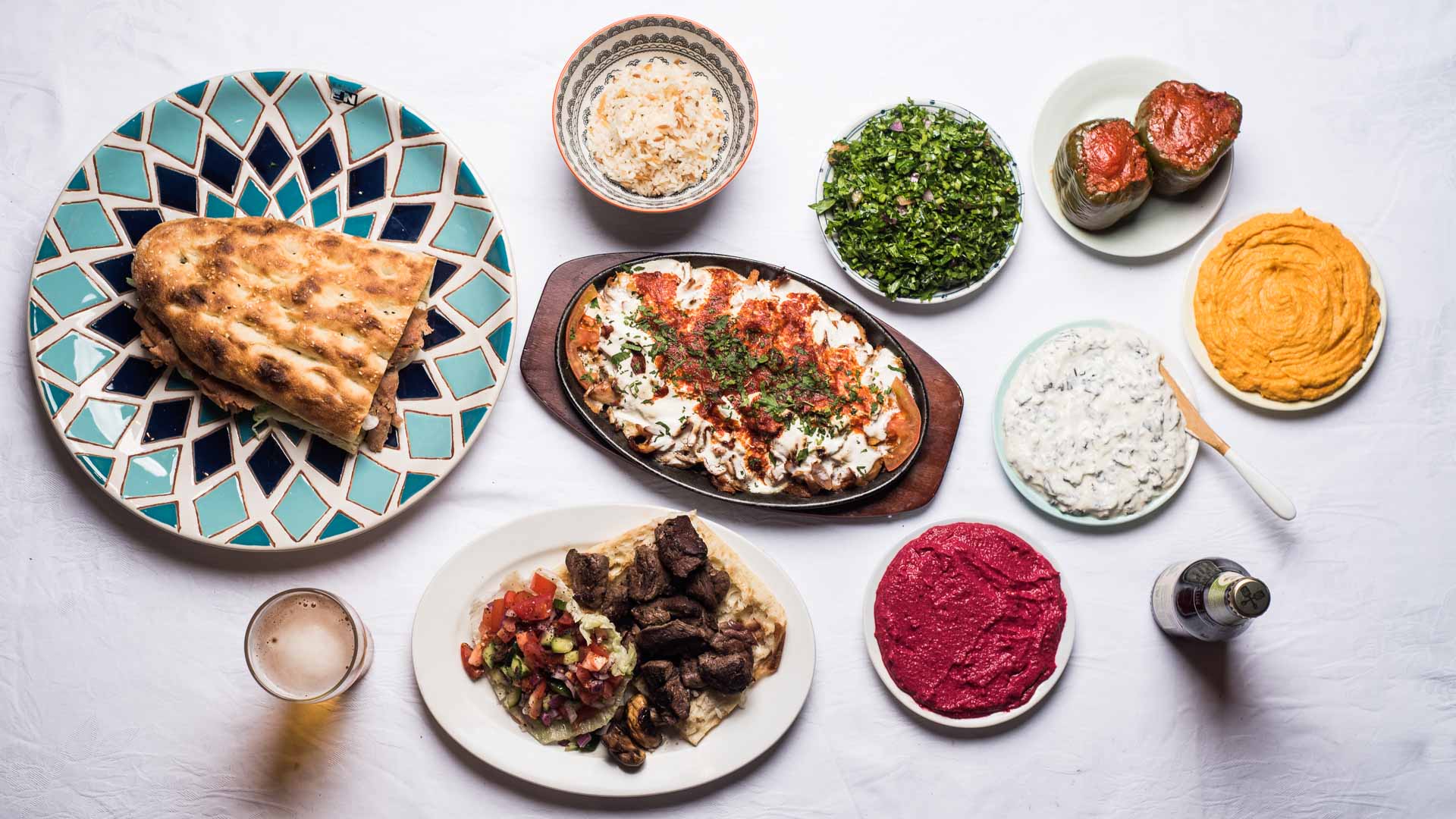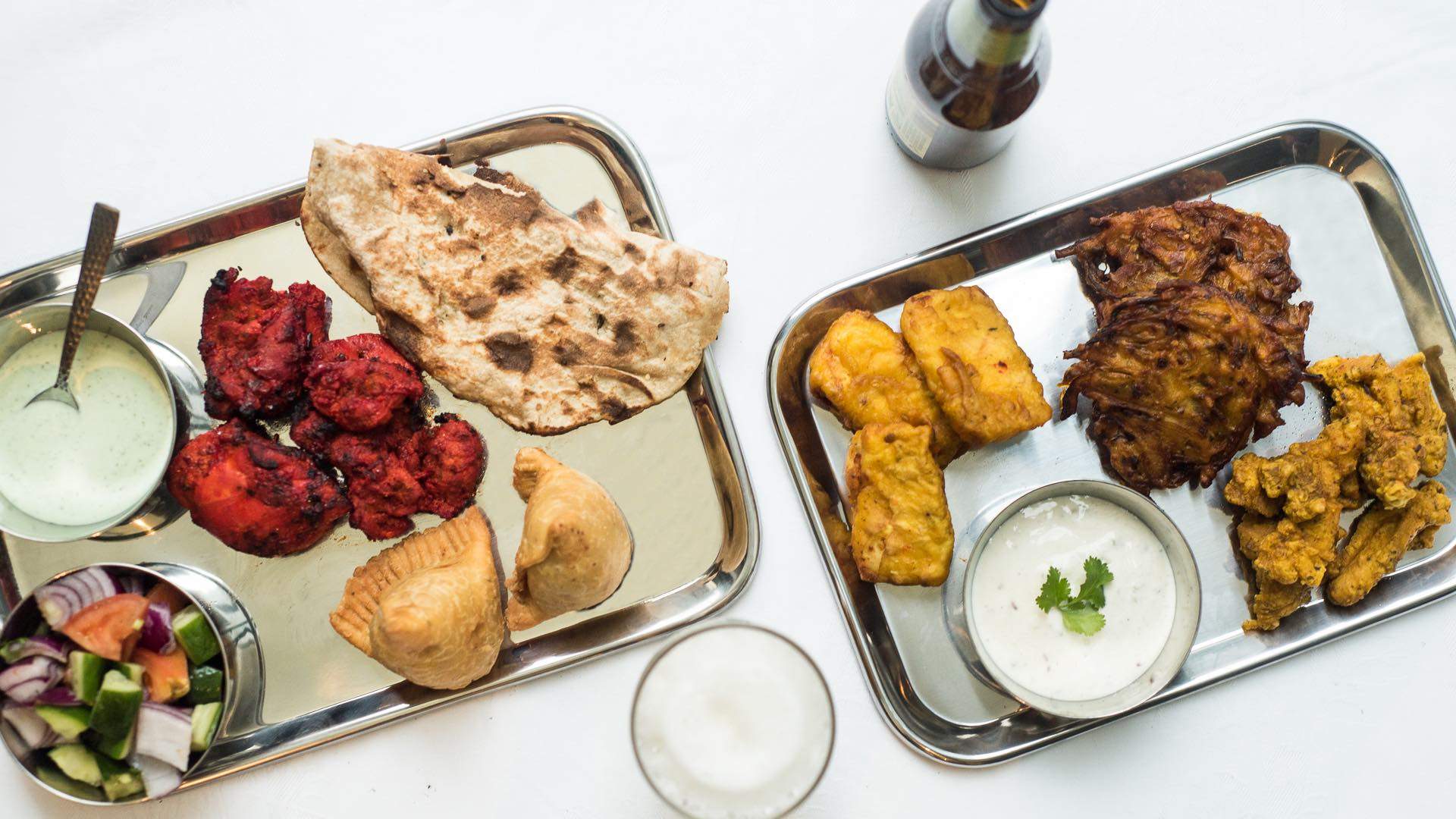
French Cheese
You can never go wrong with cheese — the French have made sure of that. Up your fromage savoir-faire, from melty Pont L'Eveque to pungent Roquefort.
For the French, cheese is a way of life, a daily indulgence to share with family and friends and a product of real national pride. One of the best times of day is after the dinner plates are cleared away, and cheese, accompanied by fresh, chewy baguette is ushered onto the table. Every night often brings something different. Sometimes a rich blue that’s swirled together with crème fraiche. Other times a pungent, oozing, soft cheese like Camembert. There are 400 officially recognised cheeses, and each has its own history to tell, specific origin location and very own production process. Each cheese is an adventure, and bloody delicious we might add. Plus, pairing some of this creamy goodness with beer will bring a new cheese experience to your palate. Here we take you through ten of the tastiest fromage coming out of France.
French Cheese
Fun facts about

How many tonnes of cheese are produced annually in France – that’s about 50 kilos every second.

How many varieties of French cheese are officially recognised.

The average amount of cheese a Frenchie powers through every year.

The most common milk used in French cheese, but goat, sheep and even horse milk can be used.
A BITE-SIZED HISTORY OF FRENCH CHEESE
Cheese has been produced in France for well over a thousand years. For a while, it was even considered less of a luxury product, and more of a protein source that kept the masses alive when meat was too expensive.
As a nation with strong regional diversity, France is unsurprisingly and fiercely protective of its local cheeses. Citizens can get downright competitive when it comes to discussing the ‘best’ varieties. From northern soft white mould Camembert de Normandie to nutty, sweet Comté in the east, each region has been producing and perfecting their cheeses for centuries. And just how people talk about the intricate details of grapes, soil and weather when discussing wine, cheese comes with its own discussion of terroir — literally translating to ‘land’, but referring to much more including pasture, climate, water and breed of the animals producing the milk.

THE MANY VARIETIES OF FRENCH CHEESE
For most Australians, the AOC is the group of sports administrators who get mad when famous swimmers admit to abusing sleeping pills. But for the French, the AOC is the appellation d’origine contrôlée, or basically the overlords who control certification for regional specialities like cheese, wine and uh… lentils. So far more than 40 types of French cheese have AOC designation, so they’re protected under law, have a specific seal and must meet certain rigorous standards. There are quite literally hundreds of French cheeses that aren’t AOC, but this doesn’t make them inferior at all, just a little less tightly controlled. Below are a few of our favourite AOC and non-AOC cheeses.
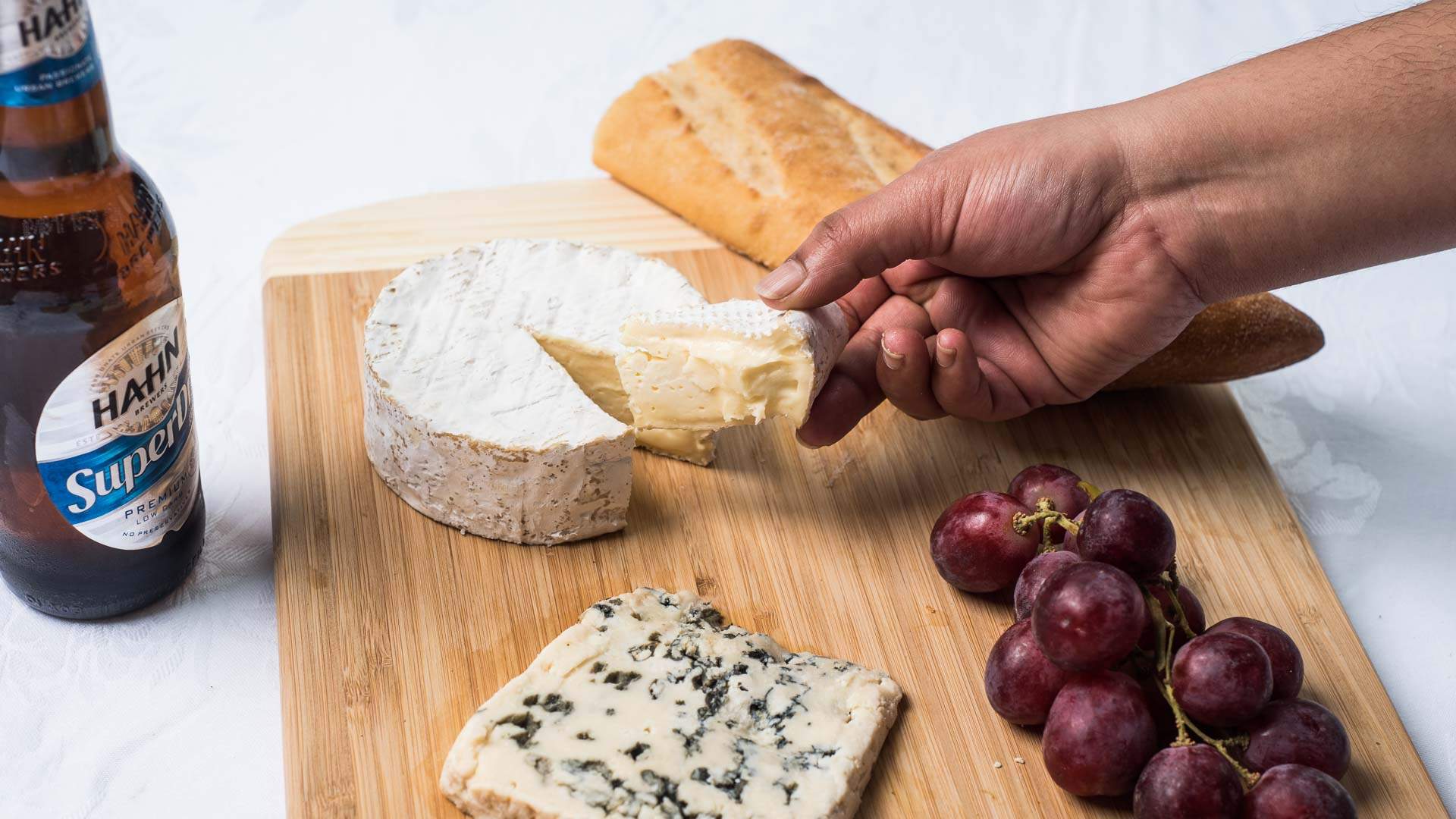
EATING ETIQUETTE
Sadly the French don’t really follow our philosophy when it comes to eating cheese, which is ‘all of it, all the time.’ Restraint is the name of the game, so we guess you could say you need to be on your best brie-haviour. The basics here are: use a separate knife for each cheese (or at the very least wipe off your knife in between bites), maintain the shape of the wedge (don’t slice off the ‘nose’) and eat from the mildest cheese through to the most pungent — this is less for etiquette and more for the sake of your tastebuds.
If you’re preparing a cheeseboard, select a mix of hard, soft and blue varieties, and maybe include something a little acidic and sweet on the board like grapes or quince paste for contrast. Make sure you allow all the cheeses to come to room temperature before you serve, and if there are any leftovers, store them in a cloth cheesebag (if you have one) or very loosely wrapped in clingwrap. Never freeze cheese — it doesn’t end well.
A PERFECT COMBINATION
Entire books have been written about correctly matching cheeses to wines, but there’s a growing trend to pair beers and cheese — and it’s bloody awesome. Match bold cheeses to bold brewskies, and fresher, softer cheeses with a lighter beer. Try James Squire One Fifty Lashes with a smooth, creamy Camembert, Hahn SuperDry with a gooey Brie, and for the super soft cheeses, we’re looking at your Boursin, pair up with a ice cold James Boag’s Premium Lager. Above all, when it comes to matching cheese with anything, follow your own palate and work out what you like.
Craving more? Learn about your favourite foods in our Encyclopedia of Eats with even more beer pairings by Beer The Beautiful Truth.
Illustrations: Barry Patenaude.
Images: Kimberley Low.
Discover more eats
-
Feature
Encyclopedia of Eats: Pasta
Italian pasta. A staple that defines a nation and is loved the world over. Get to know your pappardelle from your campanelle from your farfalle.
-
Feature
Encyclopedia of Eats: Turkish Kebabs
While kebabs may be something we recognise as an end-of-the-night snack, the history and varieties of the humble dish go far beyond a lamb sandwich with extra garlic sauce at 3am.
-
Feature
Encyclopedia of Eats: Indian Street Food
As varied as it is delicious, Indian food is a firm favourite the world over — but don't limit yourself to only curries.
-
Feature
Encyclopedia of Eats: Vietnamese Noodle Soups
Chances are you've eaten a few bowls of pho in your time — but that's just the start of Vietnam's vast pool of soup varieties.
-
Feature
Encyclopedia of Eats: Mexican Street Food
From tacos to tamales, sample Mexico's world-famous cuisine right here in Australia. Discover some of the best snacks to order.
-
Feature
Encyclopedia of Eats: Chinese Dumplings
Get to know China’s ten most famous dumplings, and impress the group next time you're feasting on the doughy delights.
-
Feature
Encyclopedia of Eats: Sushi
Next time you're sitting blankly at a sushi train, know your nigiri from your tamagoyaki and oshizushi.
